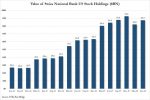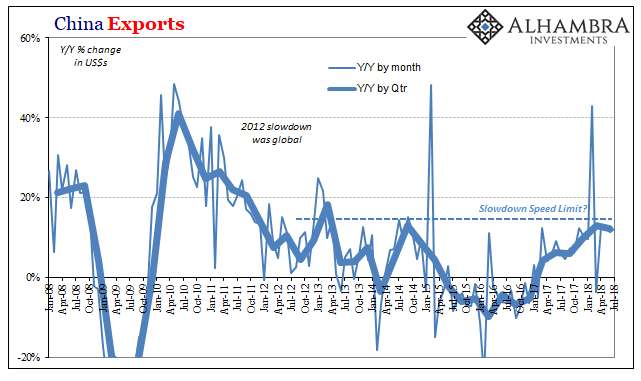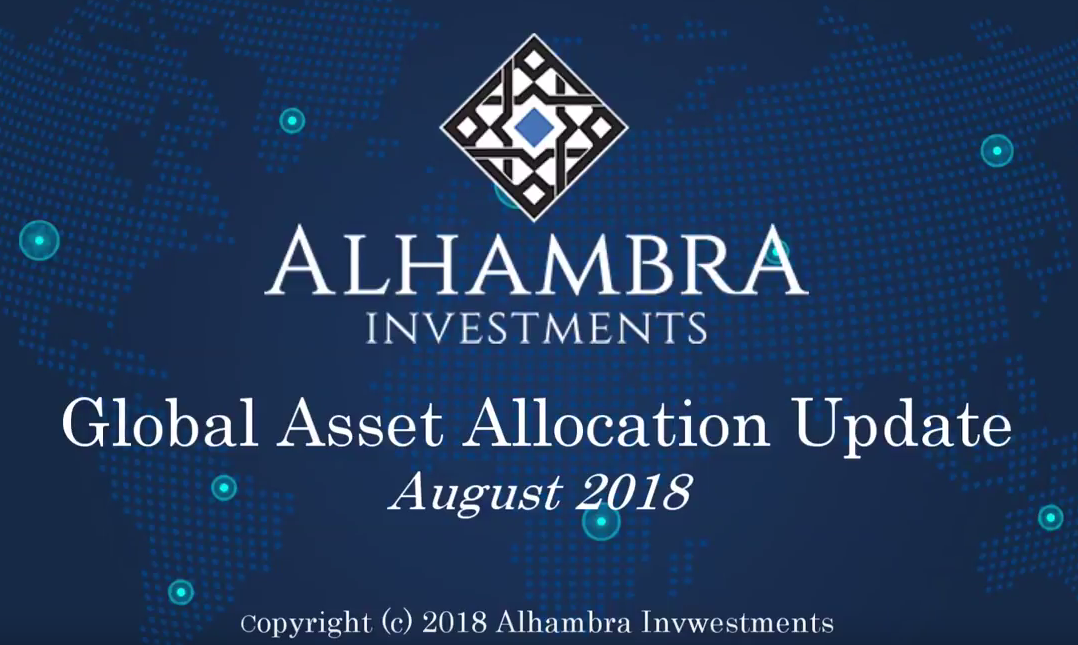
Risk assets have disappointed this year and global equities were trendless, but as long as fundamentals can re-assert themselves, there could still be some life in risk markets.
Global equities were trendless and the overall performance of risk assets lacklustre in the first half of 2018. But while trade tensions have been causing jitters and could continue to do so in the short term, as long as fundamentals are able to re-assert themselves there could still be life in risk markets.
This is the basic message from Christophe Donay, PWM’s Head of Asset Allocation & Macro Research, writing in the August/September 2018 issue of Perspectives. Initially, Donay expects markets to remain unsettled as trade disputes rumble on, but he believes that their direct impact on economies will remain limited and that there is a good chance that trade deals will be reached. As a result, Donay writes that he has “become more defensive on instruments like developed-market equities and high-yield bonds in the short term” and that he is “paying more attention” to assets like US Treasuries that offer protection to portfolios but that he is “much more upbeat” on risk assets as we draw closer to the end of the year.
The same relatively sober assessment of markets is made by César Pérez Ruiz, PWM’s Head of Investments & CIO, who has tactically moved from a relatively bullish to a more neutral stance on equities and has been taking credit risk out of portfolios. While still relatively upbeat beyond the next couple of months, “we are looking at the data very carefully and expect further spurts of volatility,” he says. Pérez Ruiz argues that the US Federal Reserve “could make a policy mistake in the current fraught environment” and observes that gains on equity markets of late have been down to a steadily smaller number of sectors, often tech-related. And yet, he says, ”we are still in a ‘Goldilocks’ scenario of decent growth and low inflation” and we may not necessarily see a rerun of the dot-cum bust of 2000.
Pérez Ruiz also addresses the theme of Fed policy in a separate article. According to him, the situation is “highly delicate” and “the market is unconvinced by the Fed’s plans for rate hikes”, as can be seen in the steady flattening of the Treasury curve. Flattening could conceivably turn to inversion, which would see shorter-term bonds offer a better yield than longer-term ones, “a phenomenon seen before nine of the last 10 economic recessions”, writes Pérez Ruiz.
But there may not be reason to despair just yet. Thomas Costerg, Senior US Economist argues that trade tariffs could take a small bite out of US growth, but economic momentum remains robust. “Tariffs aside,” he writes, “we need to keep a close eye on potential vulnerabilities in the ageing US business cycle. But signs of recession remain relatively scarce at this stage.”
Full story here Are you the author? Previous post See more for Next post
Tags: newslettersent







































